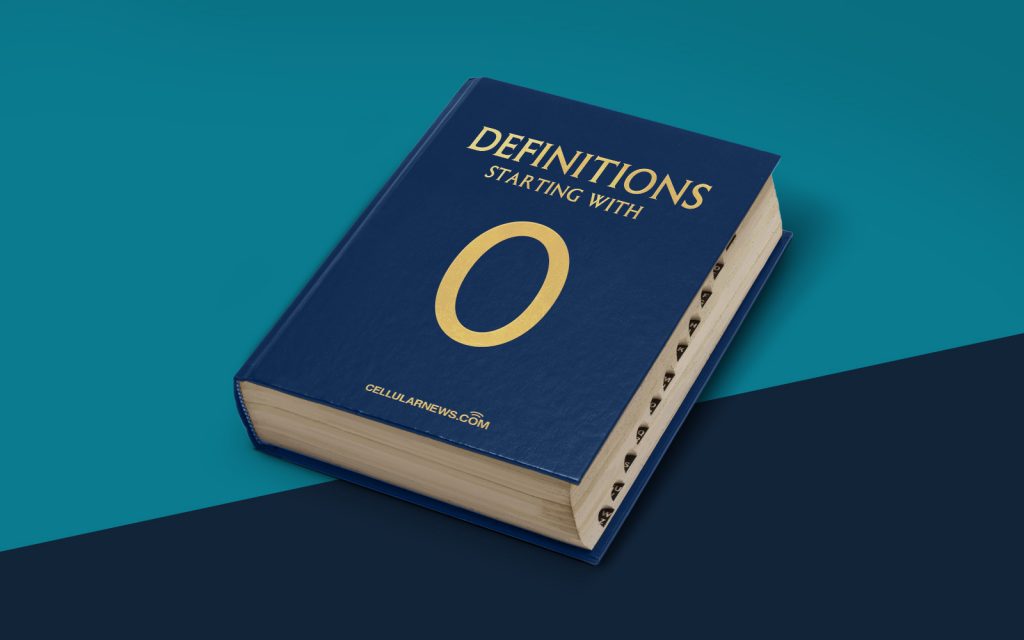
What is Object-Oriented Programming (OOP)?
Object-Oriented Programming, commonly known as OOP, is a programming paradigm that focuses on the concept of objects, which can contain data and methods to manipulate that data. OOP allows developers to design and organize their code in a way that is more intuitive, modular, and reusable.
If you’re new to programming, understanding the concept of OOP can be challenging, but fear not! We’re here to break it down and make it easier for you to grasp. So let’s dive in and explore the world of OOP.
Key Takeaways:
- OOP is a programming paradigm that focuses on objects containing data and methods.
- It allows for better code organization, modularity, and reusability.
Breaking Down Object-Oriented Programming
At its core, OOP is about organizing code in a way that reflects real-world entities and their relationships. In this paradigm, you define objects, which are instances of classes, to represent these entities. These objects can have properties, known as attributes or data, and behaviors, represented by methods or functions.
Let’s take a step back and understand the building blocks of OOP:
- Classes: Classes define the blueprint or template for creating objects. They encapsulate data and methods that define the behavior of objects instantiated from that class.
- Objects: Objects are instances of classes. They are created using the blueprint provided by the class and are capable of storing data and performing operations defined within the class.
- Attributes: Attributes, also known as properties or data members, are the variables that define the state of an object. Examples of attributes can be a person’s name, age, or address.
- Methods: Methods are functions or procedures associated with an object. They define the behavior of the object and allow it to manipulate its data or interact with other objects.
- Inheritance: Inheritance is a concept in OOP that allows a class to inherit the attributes and methods of another class. It promotes code reusability and helps in creating hierarchies of classes.
- Polymorphism: Polymorphism refers to the ability of objects of different classes to respond in unique ways to the same method call. It allows for flexibility and versatility in the code.
- Encapsulation: Encapsulation is the practice of hiding the internal details and complexity of an object and only exposing the necessary information. It promotes data security and code maintainability.
By utilizing these building blocks, developers can create robust, flexible, and scalable applications. OOP enables code reusability, making it easier to maintain and extend projects, ultimately saving time and effort.
Conclusion
In summary, Object-Oriented Programming (OOP) is a programming paradigm that revolves around the concept of objects. It provides a way to organize code by encapsulating data and methods within objects, allowing for better code structure, modularity, and reusability. By understanding the fundamentals of OOP, you can unleash the full potential of this paradigm and create powerful applications with ease.
Now that you have a basic understanding of OOP, you’re ready to explore more advanced concepts and apply them to your projects. Happy coding!
